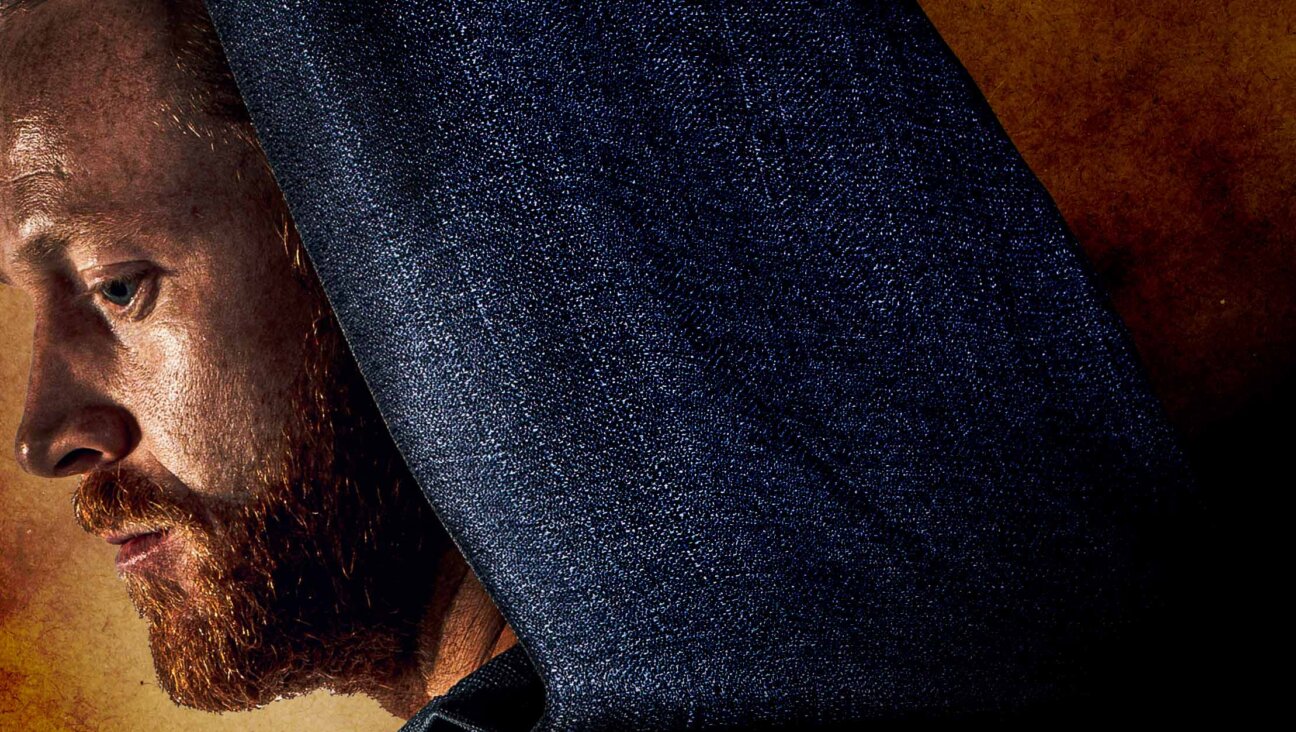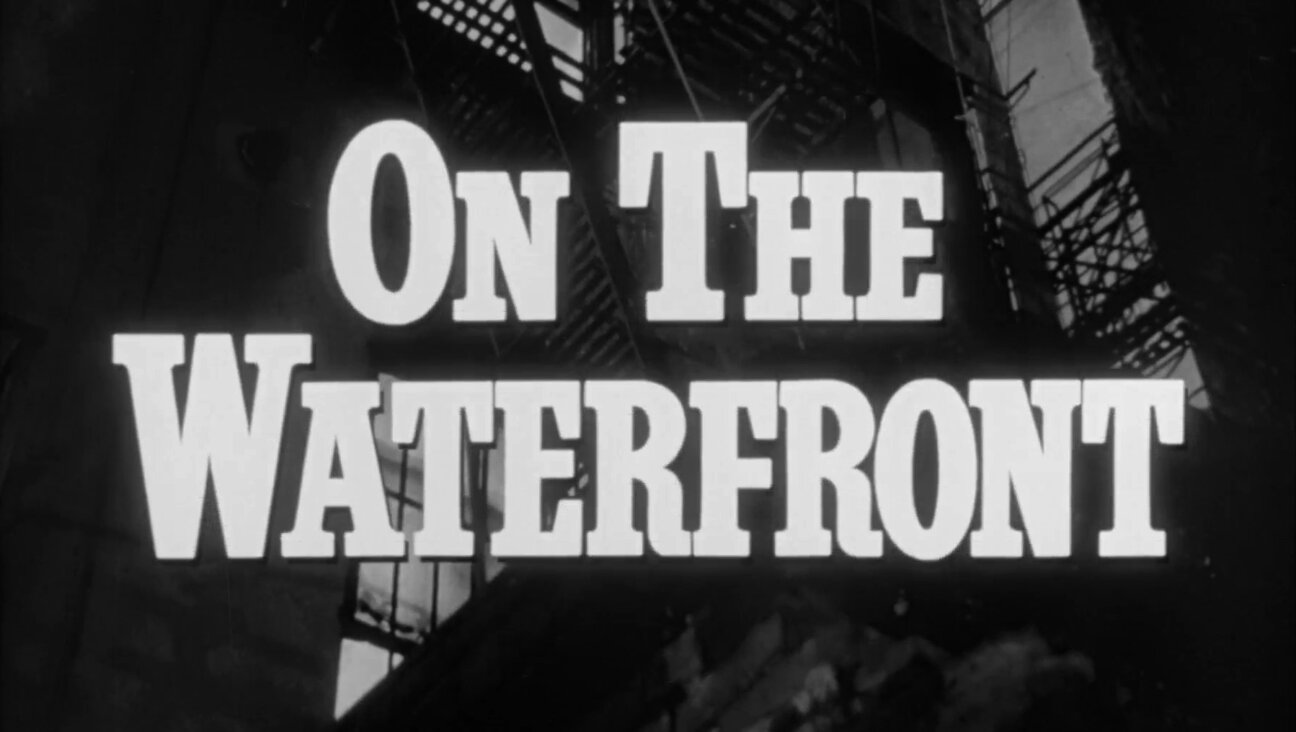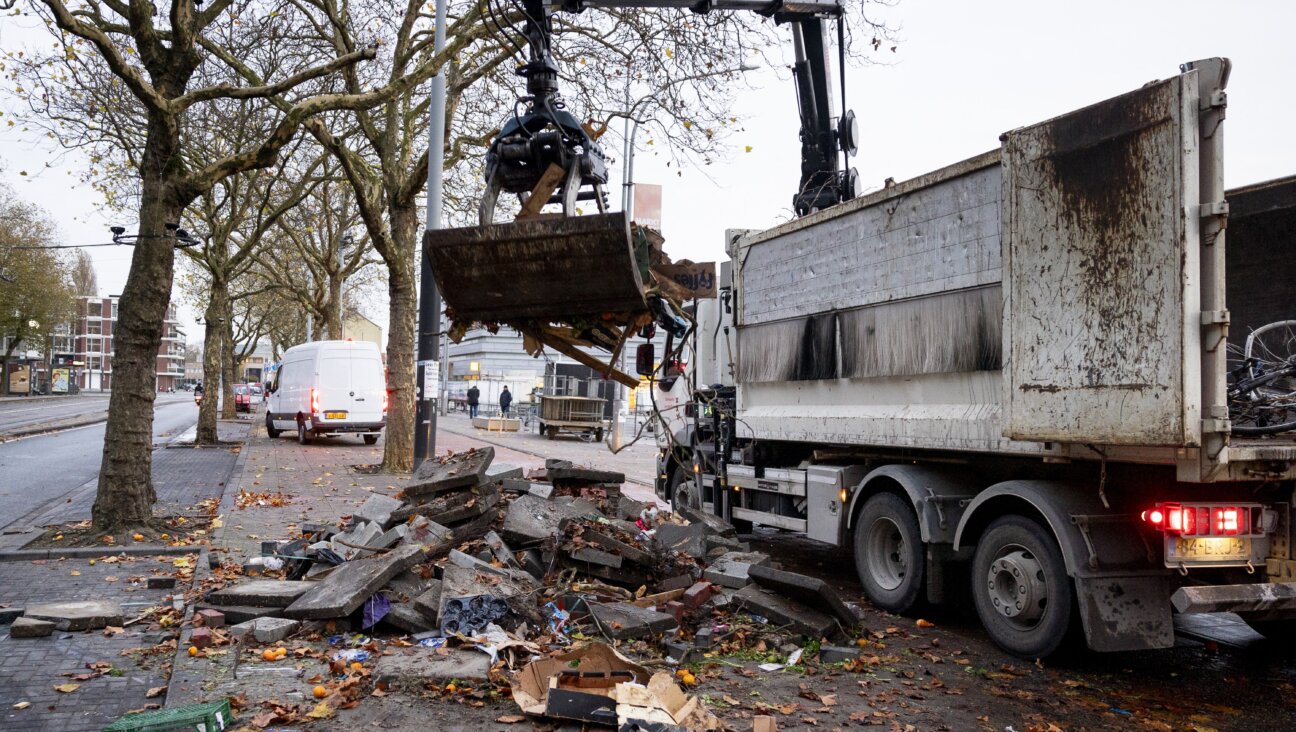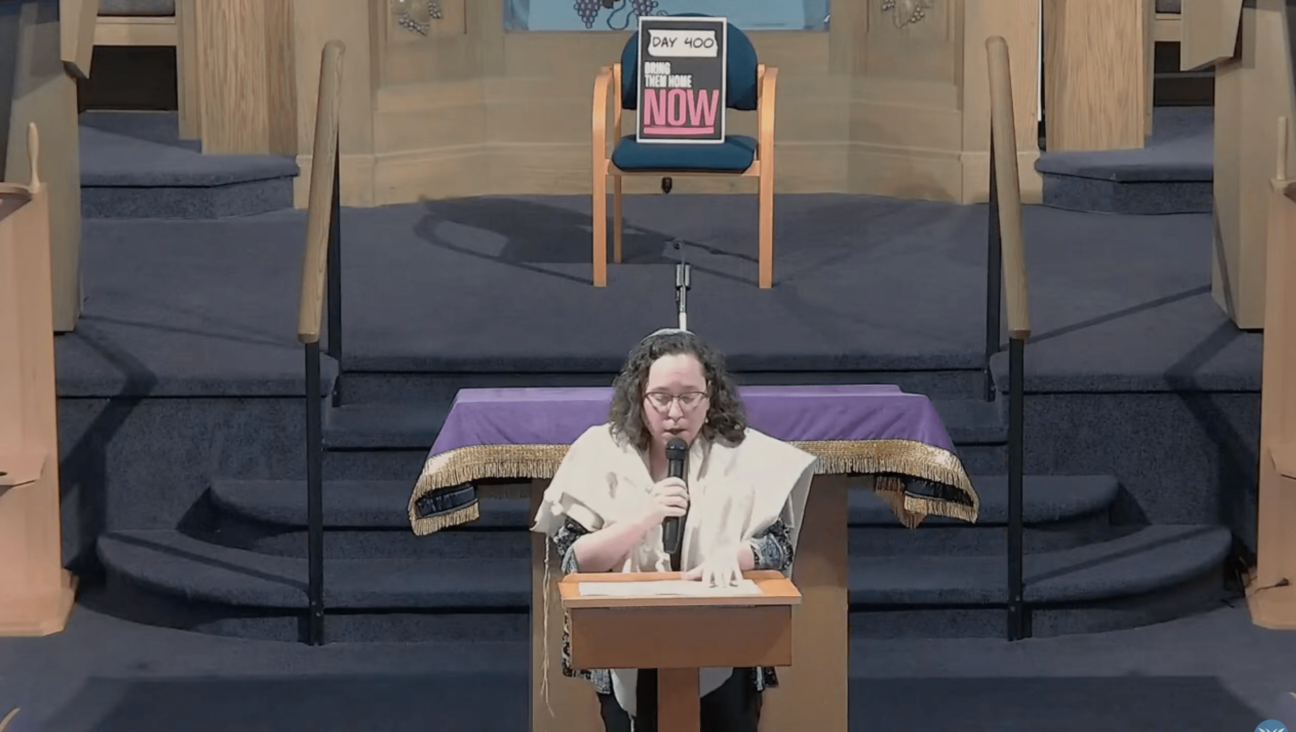Jacob van Ruisdael Is Not Jewish
‘Sir, I think you are chasing a will-o’-the-wisp in trying to find a firm connection,” Seymour Slive told me over the phone from his Maine summer home. At 85, Slive is Gleason professor of fine arts emeritus at Harvard University, former director of the Harvard Art Museums, and the Ruisdael scholar — with a collection of books and articles to prove it several times over. His recent catalog, “Jacob van Ruisdael: Master of Landscape” (Yale University Press), accompanies the new Ruisdael exhibit, opening October 23 at the Philadelphia Museum of Art. Slive’s will-o’-the-wisp line quashed my mission to find a Jewish angle on Ruisdael, though he granted that I might tell the opposite story: “It seems so blatant that there is a firm connection, but, dear reader, that isn’t the case.”
After all the mother 17th-century Dutch landscape painter Jacob van Ruisdael (1628-1682) — Maycken Cornelisdr of Haarlem, Holland — was not Jewish, nor were Jacob’s father, Isaack; Isaack’s father, Jacob Jansz de Goyer; nor anyone else, frankly, from the de Goyer family. Not only was de Goyer gentile, but he and his son Salomon de Goyer (Isaack’s brother) were Mennonites, as well. Ruisdael himself was baptized June 14, 1657, at the Calvinist Reformed Church in Amsterdam.
To this backdrop, I embarrassedly told Slive that I had mistaken Ruisdael for a Jew, citing as pretexts Ruisdael’s two versions of the painting “The Jewish Cemetery” and the very biblical names in the Ruisdael and de Goyer families. “Sir, there is a gentleman called Abraham Lincoln,” he said, “and one named Samuel Adams.” Besides, Ruisdael’s Jewish cemetery paintings are merely two of more than 700, Slive informed me; his book, “Jacob van Ruisdael” (Abbeville Press, 1981), further argues, “Simply nothing is known about [Jacob’s] thoughts or attitudes toward the Jews before or after his conversion.”
Slive kindly assured me, though, that I am not alone; people have often insisted to him that Ruisdael was a Jew. “I can’t take it,” he said, “maybe I am stupid.”
Perhaps the many who seek to claim Ruisdael as a Jew project Rembrandt’s close connection with the Netherlands’ Jewish community onto Ruisdael. There is an essay titled “A Different Jerusalem: The Jews in Rembrandt’s Amsterdam” in the catalog for the Judaic Museum of the JCC of Greater Washington’s 1981 show, “The Jews in the Age of Rembrandt.” In this work, Simon M. Schama writes: “In the Dutch mind, then, there was no continuity between the Jews of the Book and the Jews of the Street. Rembrandt was singular in his imaginative ability to link the two.” Rembrandt’s ability to ground his biblical portraits in the contemporary Jewish Dutch community serves as a microcosm for the whole JCC show, and permeates the wide array of Rembrandt’s biblical artwork.
Although he would not necessarily accept Schama’s terms, Slive agrees that Rembrandt’s relationship with Dutch Jews “was something very special” and certainly atypical. This was an estimation that his student, Boston University professor Michael Zell, corroborated in a phone interview. Zell’s “Reframing Rembrandt: Jews and the Christian Image in Seventeenth-century Amsterdam” (University of California Press, 2002) argues for a “theologically significant transformation” in Rembrandt’s biblical paintings, which derives from “Rembrandt’s involvement with the Amsterdam rabbi Menasseh ben Israel (1604-1657), the foremost Jewish apologist of the 17th century.”
This kind of collaboration could occur in 17th-century Holland, which Touro College professor Miriam Bodian has noted as having offered a comfortable place for Jews. According to Bodian’s “Hebrews of the Portuguese Nation: Conversos and Community in Early Modern Amsterdam,” (Indiana University Press, 1997): “[W]hatever the Dutch thought of rabbinic Judaism, they did not demonize the Jews as peoples elsewhere in Europe did.” This honesty permeated Dutch art, as well: “In the many paintings and engravings in which Jews figure — Rembrandt’s are the best known — they appear altogether human, their ceremonies exotic, but dignified.”
But even if Rembrandt had a connection to Dutch Jews, Zell was quick to caution against overstating Rembrandt’s Jewish connection. “It is unlikely that Dutch painters had much contact with Jewish patronage,” he said. Rembrandt’s relationship with ben Israel is thus all the more remarkable. Rembrandt illustrated several of ben Israel’s publications — mostly flavored with messianic hopes and interfaith apologetics — and ben Israel’s biblical interpretations often surfaced in Rembrandt’s work.
One example that Zell cited to me is Rembrandt’s “Belshazzar’s Feast” (1630s), in which Rembrandt paints the writing on the wall, “Mene Mene Tekel Ufarsin,” in Hebrew letters that proceed from top to bottom rather than along a horizontal line. This decision follows ben Israel’s interpretation of the Belshazzar story. However, Zell underscores Rembrandt’s misspelling, substituting a zayen for a nun.
Rembrandt’s typographical errors extend to his painting of Moses with the Ten Commandments, in which he forgets a preposition (a letter bet) altogether. If this error indicates a lack of client literacy (probably gentile), Ruisdael’s “The Jewish Cemetery” (1655/60) likely was not intended for a Jewish clientele either (pseudo-Hebrew is written on the gravestones).
The two versions that Ruisdael painted of “The Jewish Cemetery” were the Detroit version and the Dresden version (named for their current locations). Both paintings — which are based on the Portuguese-Jewish cemetery at Ouderkerk aan de Amstel, called Beth Haim — show tombs from the Jewish cemetery in the foreground. Cathedral ruins loom behind, all encircled by heavy foliage, a flowing brook and a dramatic sky. Slive regards the two paintings as “among the rare landscapes by the artist that were painted with a deliberate allegorical intent.” He considers this an allusion to the “transience of all life and the ultimate futility of humankind’s endeavors.” If this all sounds very fatalistic and depressing for such beautifully rendered paintings, Slive calls it a “common theme in 17th-century Dutch art.” He notes that the light and rainbow breaking through the clouds hint at renewed hope.
Slive maintains that a Jewish client did not commission the cemetery paintings, and Zell agrees. “The paintings were once thought to have been commissioned by a Sephardi patron,” Zell said. “But the imaginary settings, one with ruins of a Catholic abbey, and the tombs’ illegible, pseudo-Hebraic inscriptions establish that the pictures were not conceived for a Jewish collector.” Whereas some historians see the paintings as a critique of the outward lavishness of the Jewish community in the expensive marble tombs — Samuel van Hoogstraten compares them to Jesus’ denouncing the Pharisees as “hypocrites” — Slive sees the statement as a generalized meditation on pride and on the vulnerability of life, rather than as a comment directed particularly at the Jewish community.
But perhaps most importantly, Ruisdael’s “The Jewish Cemetery” is inaccurate. The grounds of the Beth Haim cemetery are flat where Ruisdael invented hills; no stream rushes through the landscape, and Ruisdael added the ruins based on the Castle of Egmond, which is hardly visible from the region.
Slive argues that Ruisdael’s “genius is that he is not an ape of nature…. The subjects he depicted most were Scandinavian waterfalls, but he never went to Scandinavia.” This Dutch imagination for landscape is perhaps what drives Slive’s interest. “When a Dutchman sees a dune 200 feet high,” he said, “it can become an alp.”
That Dutch transformative and imaginative temperament achieved a form of sham in its departure from nature, yet it fostered an environment in which the Dutch artists painted Jewish subjects realistically and honestly. Therefore, Ruisdael might be the first creative nonfiction painter. And his paintings of dunes-as-alps must be taken in conjunction with Rembrandt’s own paintings, which find strikingly imperative truth — even the sort embedded in the imagination.
Menachem Wecker is a painter and writer on Jewish arts, residing in Washington, D.C.
A message from our CEO & publisher Rachel Fishman Feddersen

I hope you appreciated this article. Before you go, I’d like to ask you to please support the Forward’s award-winning, nonprofit journalism during this critical time.
At a time when other newsrooms are closing or cutting back, the Forward has removed its paywall and invested additional resources to report on the ground from Israel and around the U.S. on the impact of the war, rising antisemitism and polarized discourse.
Readers like you make it all possible. Support our work by becoming a Forward Member and connect with our journalism and your community.
— Rachel Fishman Feddersen, Publisher and CEO






















